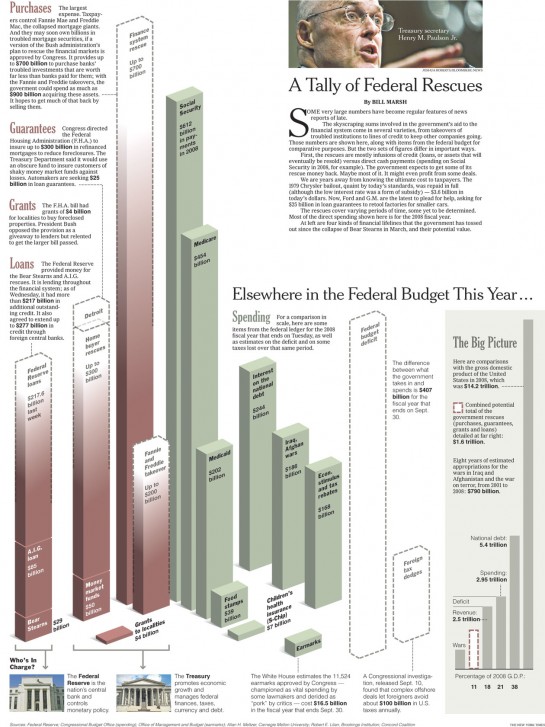
Norman Birnbaum has an enjoyable piece in The Nation about the publication of The Politics of Truth: Selected Writings of C. Wright Mills a collection of Mills vast writings, edited by John Summers. I was struck by one particular passage in Birnbaum’s account of Mill’s view of the role of the intellectual in promoting societal transformation.
the new bearers of a project of social transformation were the intellectual vanguard. Allowed by society to think, but told not to think too much, they resented being denied autonomy–or ascribed the role of court jesters. In the American ’50s, Mills and others across the political spectrum were described not as social thinkers but as social critics. The implication was that the major structures of society would remain intact, no matter what was said.
While Mills might have been too sanguine about the prospects of a revolution by intellectuals (see Paris 1968), these words struck me, particularly combined with the discussion we’ve been having here about Jon Stewart’s interview with Jim Cramer on the Daily Show. it seems that we have an obligation to do more, but we hide behind a cloak of scientific objectivity. Others have written more eloquently than me about the rationalization of the academy, and I’m just as squeamish as the next guy about activist academics, but it seems to me there is a third way. We should be producting knowledge that is relevant, critical, and empirical at the same time. But more importantly, we should be more intentional about promoting that knowledge rather than allowing others to do so.
I recomment people read Harold Wilensky’s article in Contexts (I don’t just blog for the company, I”m also a client!) about the impediments to making one’s research policy relevant and the role that institutional structure plays in that process. Props to ASA for trying to move in that direction. In my discipline I think there exists a nagging belief that policy relevance means sacrificing empirical purity. I think I can have my empirical cake and eat policy relevance too (I’ve never understood what that expression means).







